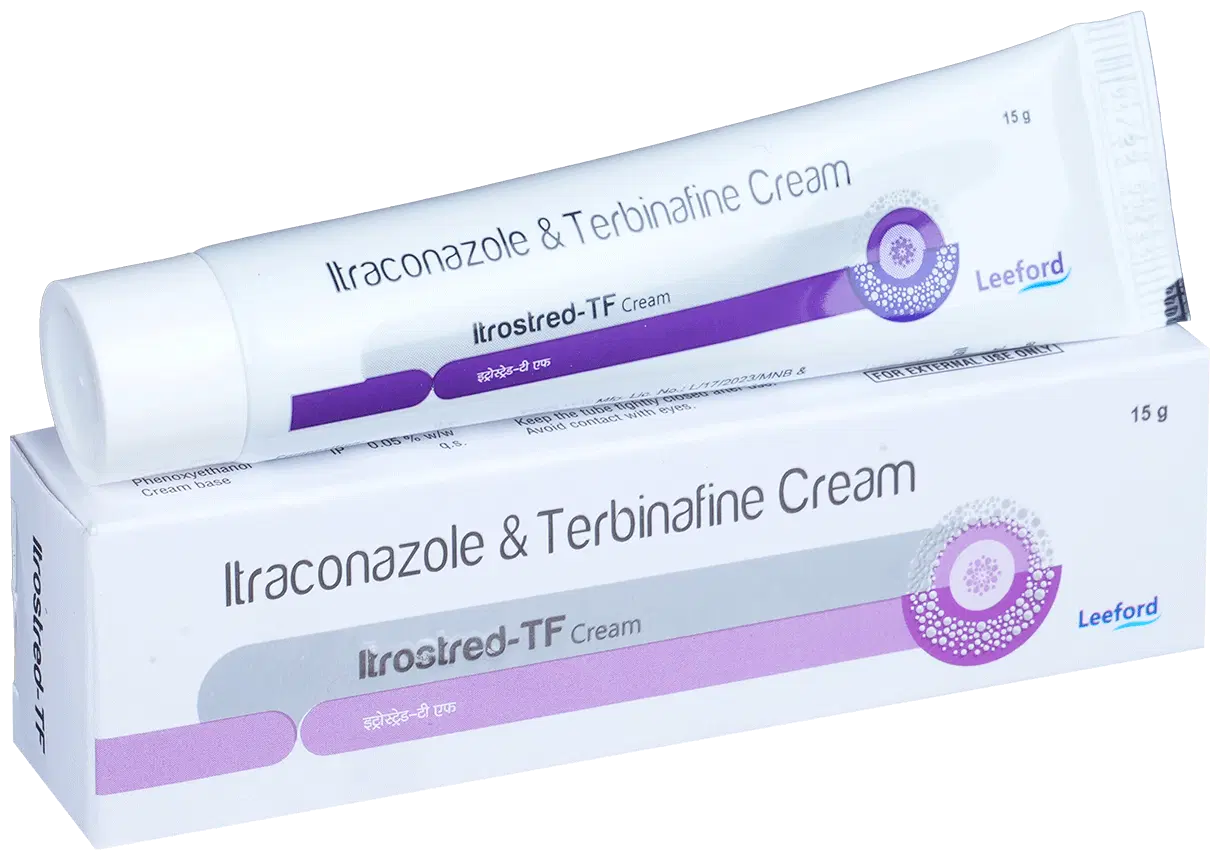Itraconazole, Terbinafine
Itraconazole and Terbinafine are two antifungal medications used to treat various types of fungal infections. Itraconazole is an azole antifungal, while Terbinafine is an allylamine antifungal. When used together, they provide a broader spectrum of activity against different fungal species.
Itraconazole is effective against a wide range of fungal infections, including those affecting the skin, nails, mouth, respiratory system, and other organs. It works by inhibiting the synthesis of ergosterol, a vital component of fungal cell membranes, which disrupts the fungal cell’s ability to grow and reproduce.
Terbinafine, on the other hand, is primarily used for treating skin fungal infections, such as athlete’s foot, ringworm, and nail infections. It works by inhibiting squalene epoxidase, an enzyme involved in the synthesis of ergosterol, which leads to the accumulation of toxic intermediates and eventually kills the fungal cells.
The combination of Itraconazole and Terbinafine is often used to treat more severe or resistant fungal infections, such as onychomycosis (nail fungus), chromomycosis, and certain types of mycoses. Follow the prescribed dosage and duration to ensure the best possible outcome and to minimize the risk of side effects or the development of drug-resistant fungi.

Showing 1–12 of 41 results
Showing 1–12 of 41 results


